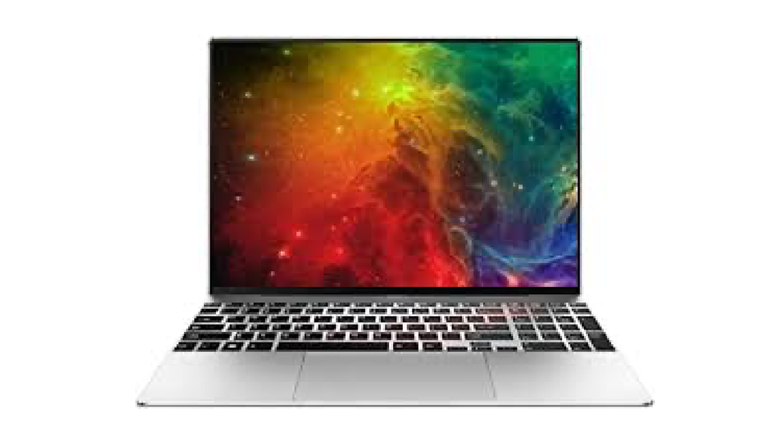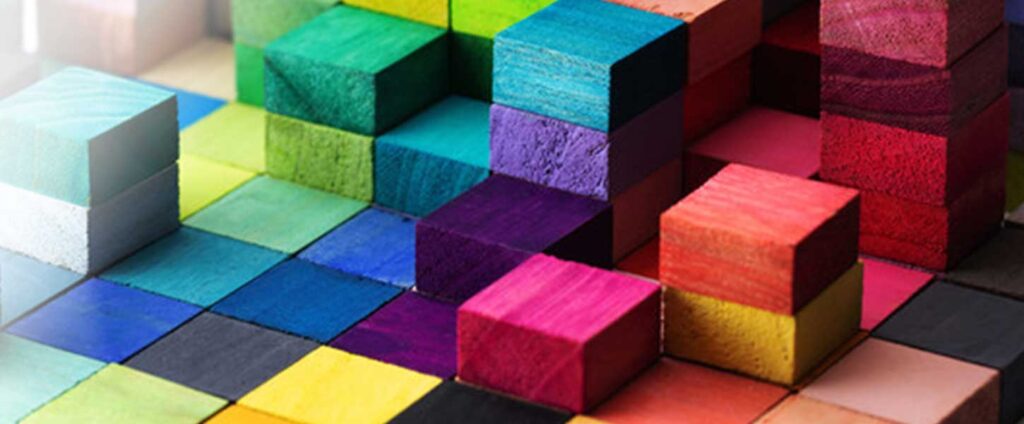
More than half of the pigments we handle are used in chromatic color domestic cars!
Pigments are classified into inorganic and organic pigments. Inorganic pigments are made from minerals, earth and synthetic metal compounds, while organic pigments are made from petrochemical synthesis. Inorganic pigments have excellent weather and chemical resistance, while organic pigments have excellent color development.
Typical inorganic pigments include Effect Pigments such as pearl pigments and aluminium pigments. Pearl pigments are color pigments made from natural mica and oxides. Aluminium pigments can be expressed metalic tone. They are mainly used in automotive paints, cosmetic bottles and printing inks.
As automobile colors are sensitive to trends, we offer pigments to companies in anticipation of the trend colors in automobiles.
The latest pigments for OLED and LCD make TV displays more vivid!

The vividness of displays used in PCs, TVs and other products is based on the color filters that are made up of red, green and blue. The pigments that form the basis of these three primary colors are organic pigments.
These color filters are the lifeline that determines the colors of the display, and recently there has been a growing demand for high brightness and color reproducibility. Our company contributes to improving the performance of color filters with organic pigments that can meet this demand. We also handle pigments for next-generation displays such as OLED.
In addition, the pigments we handle are now being used in large quantities in printing inks, inkjet inks, toners and in fields and applications that control the wavelength of light, in industries that require coloring power, weather resistance and fade resistance.
Examples of materials held









